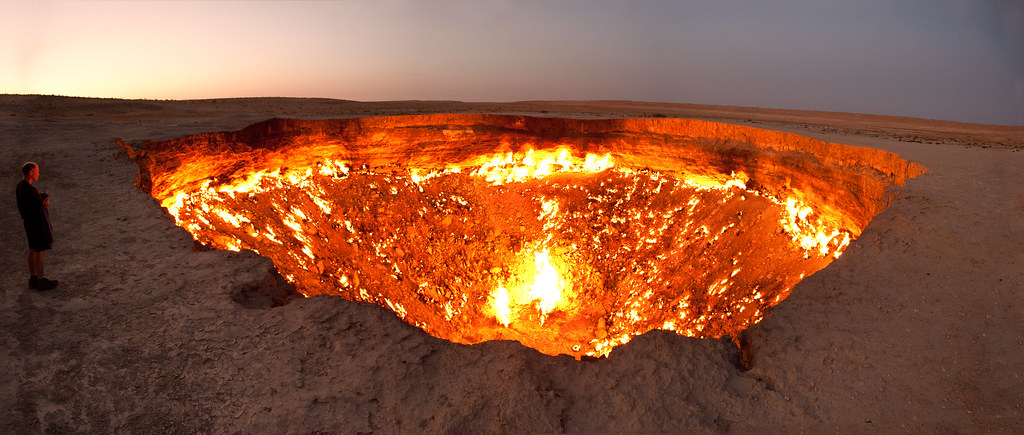High-resolution cryo-electron microscopy makes it possible to study complex enzymatic processes in detail. With this method, a research team of the University of Potsdam and Humboldt-Universität Berlin succeeded in characterizing the CODH/ACS enzyme complex in detail. They discovered that the complex moves in the course of chemical reactions and thus determines the reaction sequence. Their results have been published in the journal Nature Catalysis.
Before the start of photosynthesis in Earth's history and accumulation of oxygen in the atmosphere, anaerobic microorganisms lived here, which do not need oxygen for their metabolism. Anaerobic carbon fixation is considered one of the oldest and most efficient processes of its species and also plays a central role in modern ecosystems - for example in volcanic swamps or in the animal digestive tract. The enzyme complex CO-dehydrogenase-acetyl-CoA-synthase (CODH/ACS) essential for this has been preserved in microorganisms for over 3.5 billion years.
Catalysis, i.e. the acceleration of chemical processes in CODH/ACS, is based on various nickel-iron metal clusters that convert carbon dioxide into the important biomolecule acetyl-CoA in several reaction steps. The efficiency of this reaction makes CODH/ACS a promising enzyme candidate for biofuel production from carbon dioxide. Researchers from the University of Potsdam and Humboldt-Universität Berlin have now used high-resolution cryo-electron microscopy (cryo-EM) for the first time to elucidate the catalytic cycle of CODH/ACS. Cryo-EM has a wide range of applications and can be used for the structural analysis of various enzymes and biopolymers.
"Our cryo-EM maps of six intermediate states of the CODH/ACS are so highly resolved that the molecules bound to the metal center can be clearly correlated with the movements of the protein," says Jakob Ruickoldt, first author of the study. „The different binding states of CODH/ACS have not yet been investigated using cryo-EM," says Petra Wendler. "By using this method, we have discovered how the binding of the different molecules prepares the active center for the next reaction step and thus prevents side reactions and the loss of valuable reaction intermediates. This knowledge will help to utilize the catalysis of the ancient enzyme complex for biotechnological carbon fixation."
Link to Publication: Ruickoldt et al., 2025, Ligand binding to a Ni-Fe cluster orchestrates conformational changes of the CO-methylating acetyl-CoA synthase, Nature Catalysis, https://www.nature.com/articles/s41929-025-01365-y
Image 1: Prof. Petra Wendler and Dr. Jakob Ruickoldt when preparing the sample holder for cryo-electron microscopy. Photo: Sophie Reisdorf
Image 2: Overview of the CODH/ACS complex. The CO2 reduction to CO takes place at cluster C (C). From there, the CO migrates via a hydrophobic tunnel to cluster A (A). Carbon fixation takes place there. The intermediate CO reacts here with a methyl group und Coenzym A to acetyl-CoA. Illustration: Jakob Ruickoldt
Image 3: Dr. Jakob Ruickoldt when transferring the samples to the sample holder. Photo: Sophie Reisdorf






